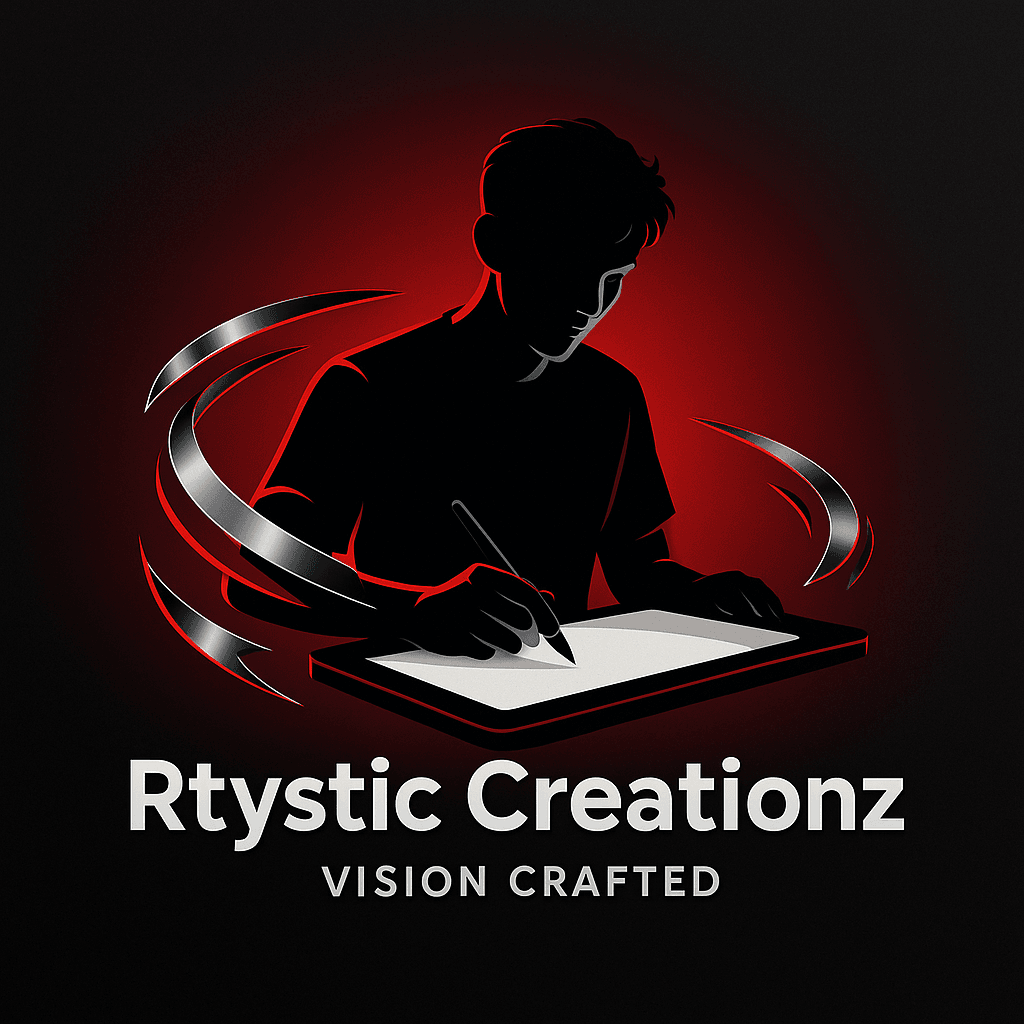How to Build a Strong Graphic Design Portfolio
Understanding the Purpose of Your Portfolio
A graphic design portfolio is more than just a collection of your work; it is a visual narrative that showcases your skills, creativity, and professional growth. Knowing the purpose of your portfolio is crucial. Are you trying to land a job, attract freelance clients, or gain admission to a design program? Understanding your objective will guide the selection and presentation of your work.
Begin by curating projects that align with your goals and demonstrate your versatility. A well-rounded portfolio should highlight your ability to tackle various design challenges. Include a mix of projects that showcase different styles, mediums, and techniques.

Selecting the Right Projects
The projects you choose to include should not only reflect your best work but also your potential for growth. Remember, quality is more important than quantity. It's better to feature a few outstanding projects than to overwhelm viewers with numerous mediocre ones. Choose pieces that tell a story about your design journey and showcase your unique style.
Consider the relevance of each project. If you're applying for a specific role or client, tailor your portfolio to highlight projects that match their industry or aesthetic. This tailored approach will make your portfolio more appealing and demonstrate your understanding of their needs.
Presenting Your Work Effectively
Presentation is key to a strong portfolio. Each project should be accompanied by a brief description that outlines the project goals, your role, and the design process. This context helps viewers understand the challenges you faced and how you solved them, showcasing your problem-solving skills.
Ensure your portfolio is easy to navigate. Use a clean, professional layout that allows your work to shine. Avoid clutter and distracting elements that can detract from the focus on your designs. A well-organized portfolio reflects your attention to detail and professionalism.

Utilizing Digital Platforms
In today's digital age, having an online portfolio is essential. Platforms like Behance, Dribbble, or your personal website can serve as dynamic showcases for your work. These platforms allow for easy sharing and can reach a broader audience, increasing your visibility in the design community.
Ensure your online portfolio is mobile-friendly, as many potential clients or employers may view it on their smartphones. Regularly update your portfolio with new projects to keep it fresh and relevant. An outdated portfolio can give the impression that your skills are stagnant.
Incorporating Personal Projects
While client work is important, personal projects can add a unique dimension to your portfolio. They demonstrate your passion, creativity, and initiative. Personal projects allow you to explore new ideas and techniques without the constraints of client briefs, showcasing your ability to innovate.

Include a section dedicated to these projects, but ensure they are of high quality and relevant to your portfolio's purpose. Personal projects can also show potential clients or employers your interests and personality, making you more relatable and memorable.
Seeking Feedback and Making Improvements
Before finalizing your portfolio, seek feedback from peers, mentors, or industry professionals. Constructive criticism can provide valuable insights and help you identify areas for improvement. Be open to suggestions and willing to make changes to enhance your portfolio's impact.
Remember, your portfolio is a living document. Regularly review and update it to reflect your latest work and achievements. As you grow as a designer, your portfolio should evolve to showcase your development and adaptability.
